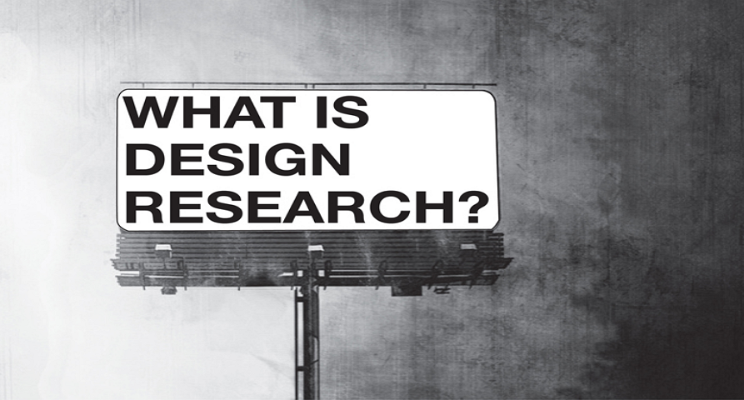An extract from the chapter:
“When you want to know how and why people do the things they do, the best people to learn from are the doers themselves, and the best place to learn is where the doing gets done. This is the simple premise of design research.”
It is common for people/designers who are doing research to find the information and understanding of a situation online through social media etc. However, Chipchase’s way of design research is more towards first hand experience and observation by going through the daily routine of the users in order to understand why these doers do the things they do.
“Rapid Cultural Calibration” technique
As stated in the chapter, the technique can help deepen our understanding of a new culture and compare it with our own and others we’ve visited.
An observation that I had when I was in Seoul recently:
In the morning, locals were seen to be dashing across the road to catch the green man from a distance (at first I thought they were running towards the bus, but they dash across the road instead), heading towards the nearby subway station. While here in Singapore, locals were seen to be “enjoying their morning walk” to the MRT station nearby.
Another cultural observation was the subway train in Seoul — the local’s behaviours towards the reserved seats. The seats at both ends of each cabin was strictly reserved for senior citizens. It was a rare sight to see youngsters or non senior citizens in that seat. Not only the reserved seats, but locals usually allows the elders to have their seat. Comparing to Singapore, the reserved seats were mostly occupied.
I like the idea of traveling around the cities you visit to observe and understand the actions and behaviour of people. It gives the designers more insights and ideas to the next product they would make with relation to the cultural needs/behaviours.
Questions:
- The conclusion of “great design research is by finding the right balance between formal and informal data collection.” Would doing only online research be considered as an imbalance?
- How much information/observations does one have to collect before proceeding to the next design phase?

Interesting reflection Ummi. I’d like to know more about your observations in Seoul and how you might compare them with Singapore or other places you’ve visited.
Also in Seoul, do you know about the pink seats? http://english.seoul.go.kr/seoul-subway-apply-new-seat-design-pregnant-women/
What do you think this might say about the culture?
Although there are more observations done in Seoul, these are some cultural differences between Seoul and Singapore:
As stated in the chapter, there are discrete days for recycling materials such as tins, cardboard, plastics, and organic materials.
These items are divided into different garbage bags for the different trash. For example, 1 for recyclable materials such as vinyl wraps, cardboards, papers, plastics; and 1 for general waste. Because different districts use different colours for the trash bags, it was advisable to purchase these bags at certain supermarket or convenience store (GS25, CU) nearest from where I lived.
Image of types of garbage bags in Seoul
It became a routine during that 1 month in Seoul to get used to separating the garbages, and bringing it down to the main lobby for the trash point. I started to gauge the time, around 8am, where the manager would be sorting through the trash bags.
These became a culture shock for me because in Singapore, the process of disposing thrash would only be done at one go – throwing both general waste and recyclable waste in one trash bag/bin.
Plastic bags are not free in Seoul’s supermarket or convenience stores as compared to Singapore. I think this would be one of the ways to encourage buyers to bring their own recyclable bags or use the recyclable boxes provided at the packing station.
Image of organised recycled boxes in Seoul Supermarket
Image of how locals use boxes instead of plastic bags
3. Seoul’s subway station
Unique feature #1: Vending machines are placed around the station. It shows the level of trust the government has on the commuters that they will keep the station clean as they place a generous number of waste bins around. From my observation, not only can the commuters drink soft drinks or Teh Peng at the platform, but also IN the train as well. It became another culture shock for me as we were highly prohibited to eat or drink in the MRT. The only worry I had for this was: bringing this culture back to Singapore.
Image of vending machine in Seoul’s subway station
Image of waste bin placed in Seoul’s subway station/platform
Unique feature #2: Digital lockers are available in the subway stations for safe keeping. It consists of 3 sizes: small, medium and large; depending on the size of the baggage you currently hold.
Image of lockers in Seoul subway stations (point #5)
It is normally used if commuters want to continue shopping but does not want to lug around their current heavy baggage. I have used them several times, and the main challenge was to find lockers that are not occupied (which is 95% impossible if you are at famous areas of Seoul) — mostly can be found at exits that are not so popular.
With regards to the pink seats, I have seen them while I took the subway. Just like the reserved seats for the senior citizens, the pink seats were rarely occupied. There was a time when that seat was occupied and a lady boarded the subway with a baby strapped to her chest, it was like an immediate reaction of the commuter to give that rightful seat to her.
From the train rides experience in Seoul, I would say that Koreans are considerate and compassionate people. They are community friendly, in a sense that they give up their seats when someone needs it more than they do.